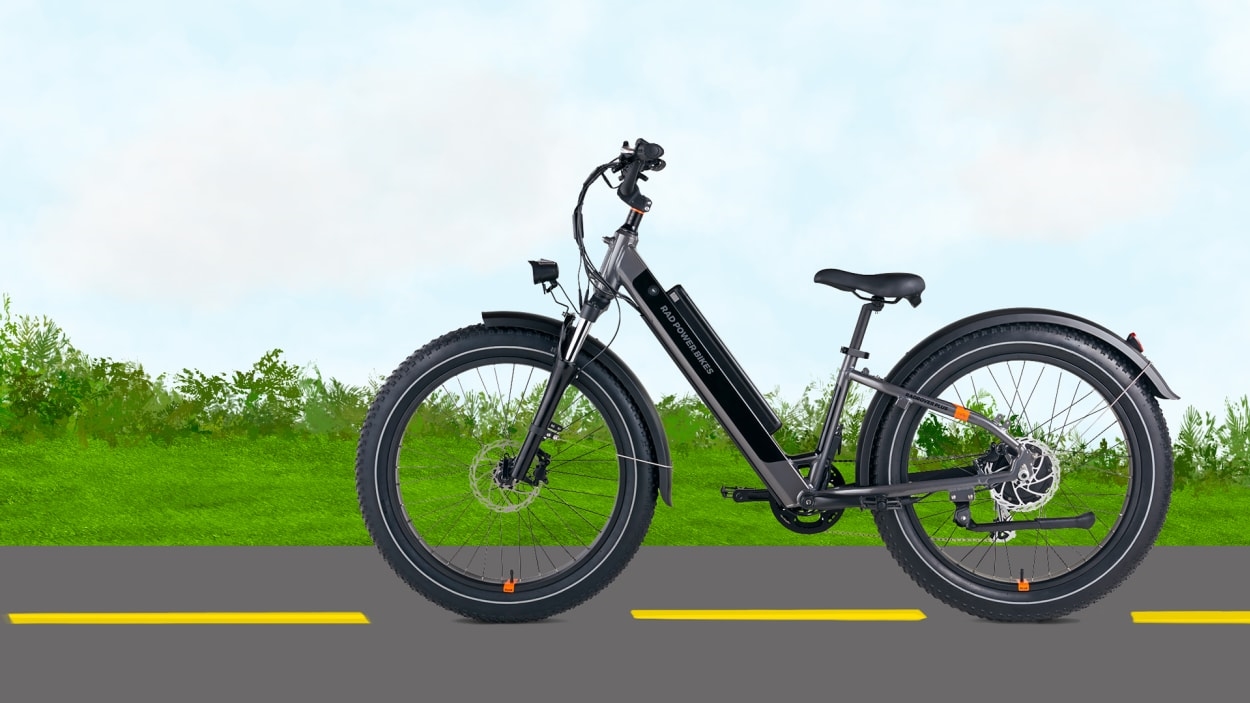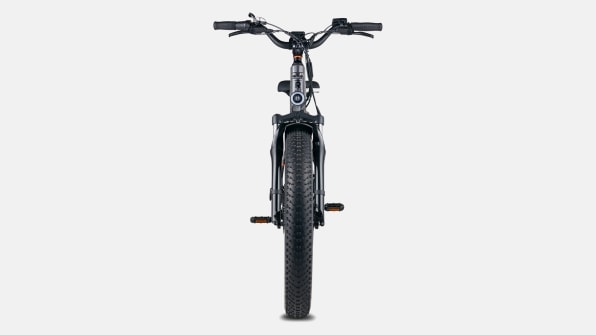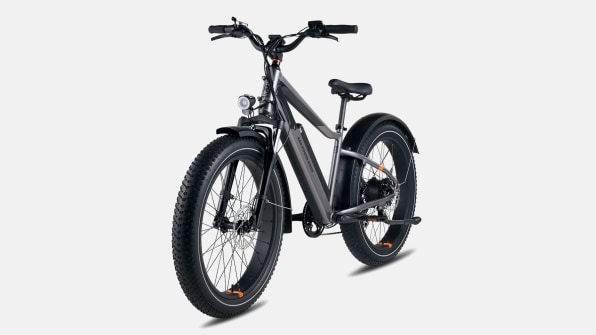
America, in case you haven’t heard, is in the midst of an e-bike boom.
The Light Electric Vehicle Association reports in a recent study that the U.S. imported about 790,000 electric bicycles in 2021–a 70% increase over the year prior. For comparison, the U.S. imported 652,000 electric cars in 2021, making that year the second in a row where e-bike imports surpassed EV imports. And the trend doesn’t appear to be letting up anytime soon: Deloitte projects that 130 million e-bikes will be sold worldwide between 2020 and 2023.
There are a number of reasons behind the e-bike’s surge in popularity, chief among them the surge in fuel costs and car prices, both of which make the relatively cheap (and readily available) two-wheeler an ever-more alluring proposition. The fact that e-bike battery performance continues to steadily improve certainly helps as well.
Whatever people’s reason, the net effect of that consumer choice is a good one. Research from the California Bicycle Coalition found that e-bikes emit 40 to 140 times fewer pounds of greenhouse gas than a 30-mile-per-gallon gas car, and are also more efficient than electric cars (which have much larger batteries and thus require more electricity to charge). The environmental benefits are striking, especially given that transportation accounts for about 27% of total emissions in the U.S. No wonder President Biden included a $4.1 billion tax break for e-bike purchases in his seemingly doomed Build Back Better Act.

Despite all this fanfare, I myself had never stepped foot on an e-bike. Wanting to see whether e-bikess lived up to the growing fanfare, I decided to give it a shot by testing out the RadRover 6, the flagship model from Seattle-based e-bike manufacturer Rad Power Bikes.
After riding the RadRover 6—which starts at $1,999—for a few days, I can say that, yes, these things are fully deserving of all the hype. This bike is well worth the price, and, depending on your home life (and the local weather), it might even replace your car for lower-mileage trips.
Now, a word of caution: The RadRover is billed as Rad Power Bikes’ all-purpose vehicle, with an aluminum alloy frame and 26-inch by 4-inch Kenda Juggernaut tires. This thing is kind of a tank, clocking in at just over 72 pounds (the detachable battery alone is about 8 pounds). Though that can make for some ungainly moments—say, carrying the bike down a set of stairs—it also means the bike can handle just about anything. I rode the bike on pavement, gravel–even grass; in all cases, it felt totally secure and capable.

The “e” component of the bike was similarly smooth. The RadRover features a 5-level pedal assist, and tops out at 20 miles per hour. (It’s also got a 7-speed thumb shifter for anyone looking for an analog experience.) The pedal assist was incredibly intuitive, and I found myself switching between assist levels in a matter of minutes. If there’s one critique—and it’s a minor one—it’s that the LCD screen displaying the speed and assist level was a bit hard to read on a sunny day.
The 672 watt-hour battery, which takes about six hours to charge, offers a 25-to-45-mile range. Though I didn’t hit quite that mileage (cut me some slack: I had other stories to work on!), at no point did I experience any glitches or uncertainty with the bike.
So, the million-dollar—well, two-thousand-dollar—question: Would I buy a RadRover, or any e-bike for that matter? Indeed, I would. The RadRover’s price tag is more than palatable if you consider that this bike could replace a car for many of your day-to-day trips. Plus, it’s a whole lot better for the planet—and you can’t put a price on that.
(32)






